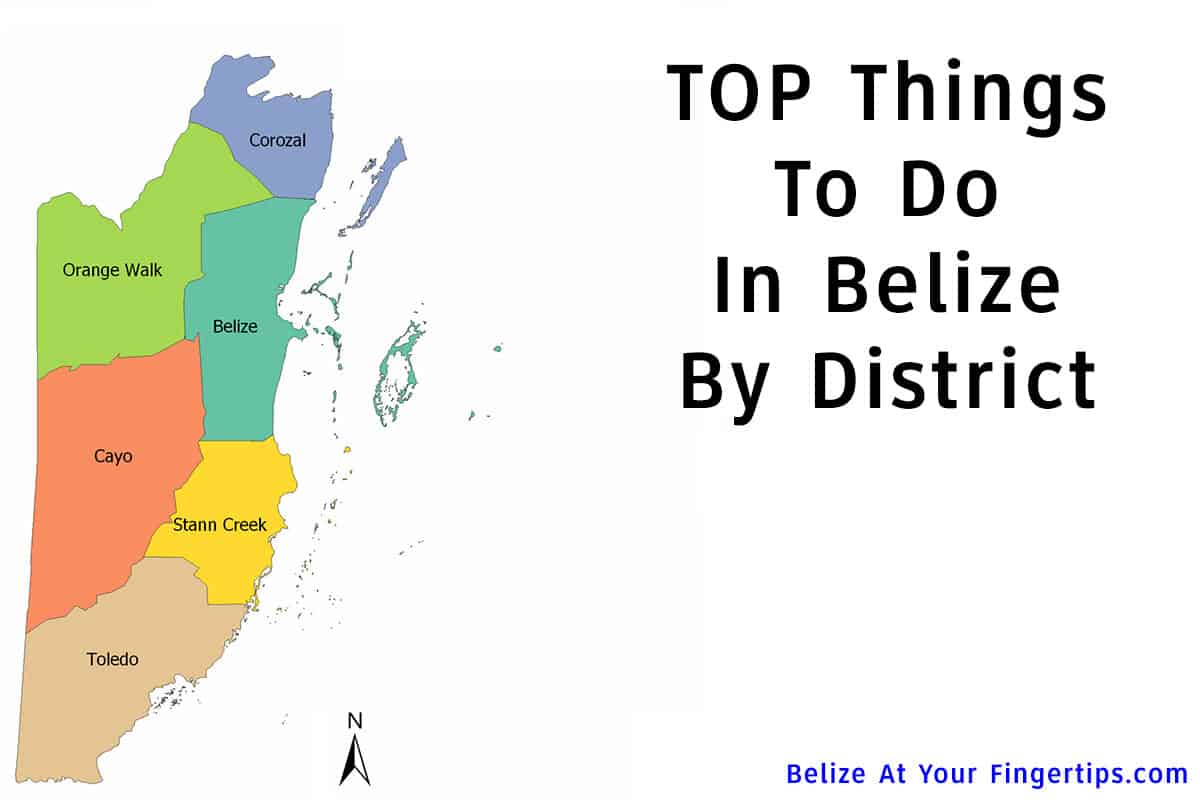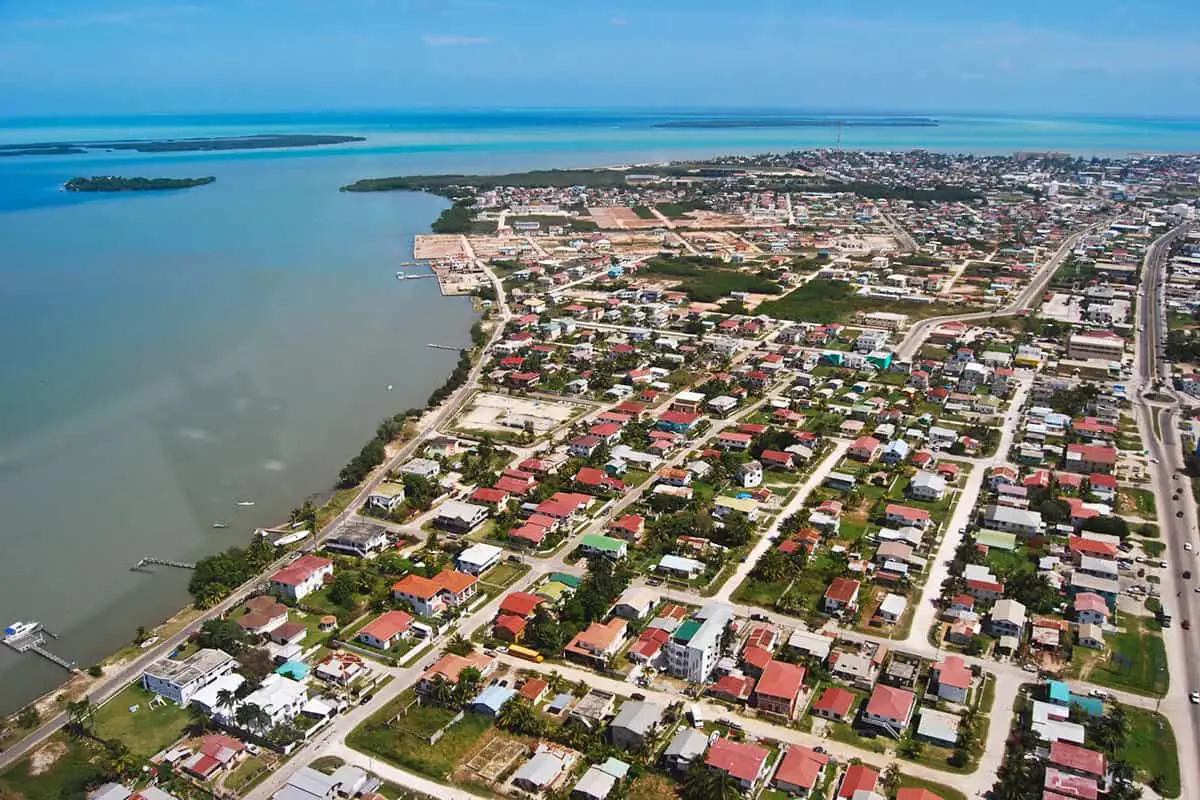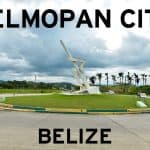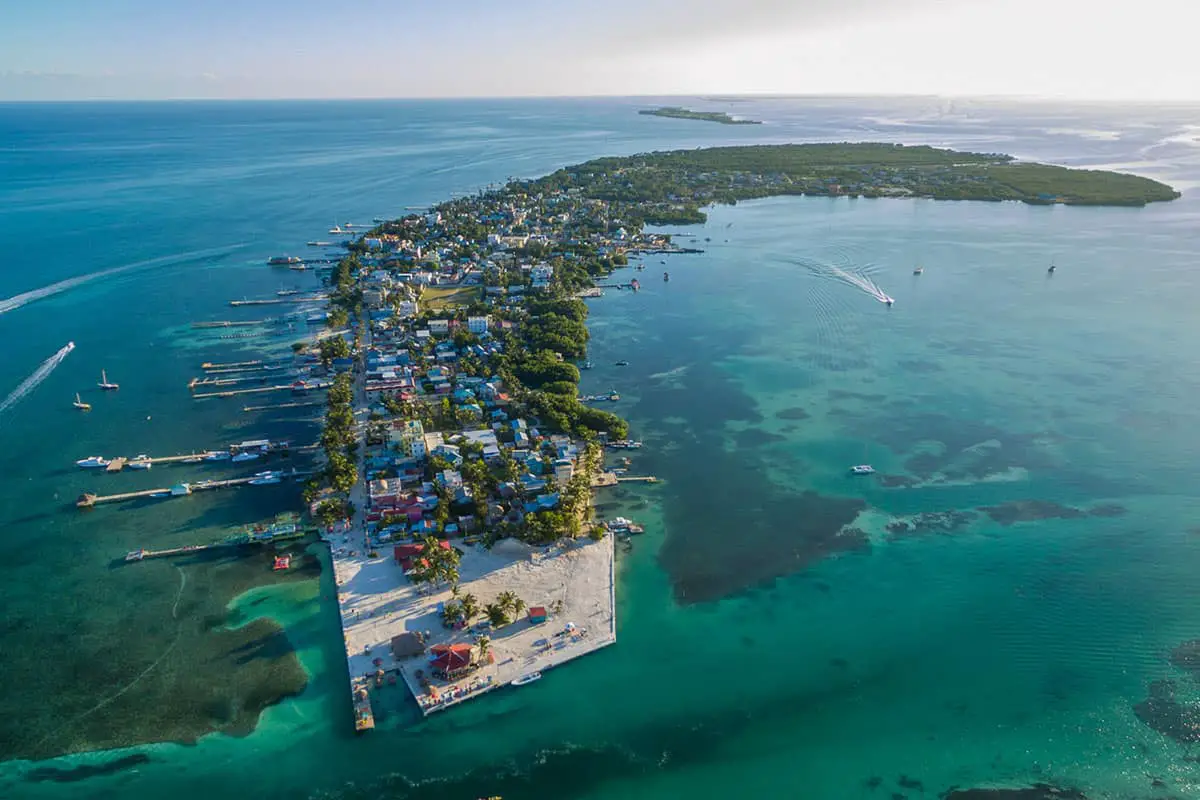Belize is a small country in Central America, but despite its size, it offers visitors many options for what to do and see. Orange Walk District, located in the northwest of the country, may not be the most popular option with tourists. However, it is a fascinating area with lots of wildlife and history to be seen and enjoyed.
The Orange Walk District in Belize is one of six districts in the country and the second-largest by land mass. It features diverse wildlife, archaeological sites, and delicious food.
In the rest of this article, I’ll answer all the questions you may have about Orange Walk District, including what it is and the history of the district, where you should go when visiting the district and what there is for you to do, and how you can get there.
I’ll also cover what food you can eat – so if you’re planning a trip to Belize or want to know more about the Orange Walk District, keep reading!
What Is Orange Walk District?
Orange Walk District is the second-largest of the six districts of Belize and is also known as “Sugah City” due to the sweet smell of sugarcane (the primary crop in the area) that fills the air. The district is located in the northwest of the country, and the capital is Orange Walk Town.
Aside from sugarcane, other crops common to this district include potatoes, papayas, soybean, onions, and citrus fruits.
Orange Walk District has an estimated population of 45,400 people, with 13,400 of these people living in Orange Walk Town.
While the population comprises myriad cultural backgrounds, they are primarily Mestizos, descendants of the Spanish and the Yucatec Maya. The most spoken language in the district is Spanish, although English is also widely spoken.
This district is home to large populations of tropical wildlife, including over four hundred different species of birds, and fascinating archaeological sites. There are two rivers, the Rio Hondo and the New River, flowing through the district.
The district is divided into four constituencies:
- Orange Walk Central
- Orange Walk East
- Orange Walk North
- Orange Walk South
History of Orange Walk District
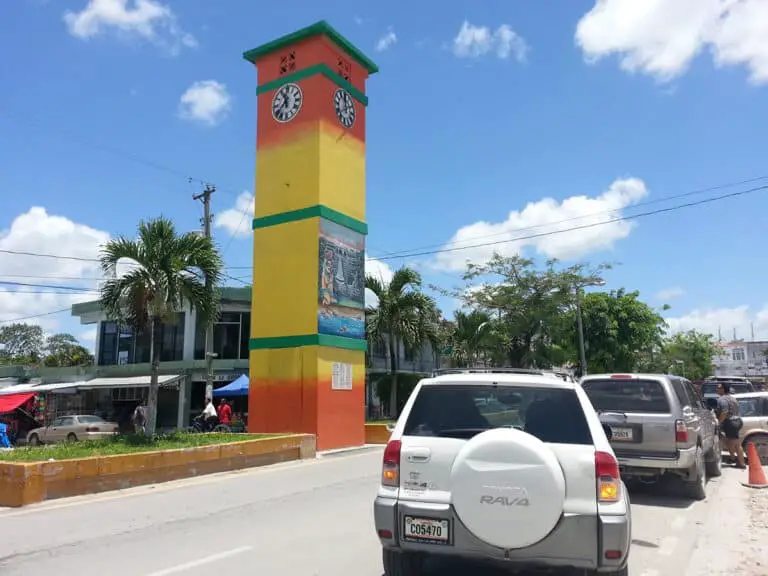
For many years, Orange Walk District was a logging town. People would gather timber, float it down the New River to Corozal Bay, and then send it to Belize City, where it would be shipped abroad. However, the logging industry declined when the Caste War refugees arrived.
The Caste War of Yucatan began in 1847 with the revolt of Maya people against Hispanic populations in the Yucatan Peninsula and ended in 1901 when the Mexican Army occupied Chan Santa Cruz, the capital of the Maya. Throughout the course of the war, right until the end, refugees fled to Orange Walk.
These refugees began growing sugar cane, which established the sugar industry in the district. The British occupied the area for many years, which led to the Catholic church and faith becoming an important part of the culture in Orange Walk.
Where To Go and What To Do
Many tourists skip Orange Walk District, but this is a mistake. There is plenty to do and see here, including:
- Lamanai Ruins. The Mayan ruins of Lamanai are one of the most impressive archaeological sites in Belize. Lamanai is thought to have been occupied from 1500 B.C. to 1650 A.D. The ruins have one of the tallest buildings from the Mayan times, and visitors can experience the breathtaking views at the top. The site also features the remnants of two Spanish churches.
- Go bird watching. Orange Walk District will likely feel like heaven if you’re a birder. There are over four hundred species of birds in the district, including the Yucatan nightjar, the long-tailed hermit hummingbird, the roseate spoonbill, and the long-necked anhinga. If you can, pay a visit to Crooked Tree Wildlife Sanctuary.
- Visit Honey Camp Lagoon. This area was a popular spot for Maya ceremonies and rituals, and today, it is a lush beach. It offers you a great beach experience. At the same time, you can let your imagination wander and think about all the significant events that have happened in this location over the centuries.
- Go to La Milpa Archaeological Reserve. This area features more than twenty plazas and will enhance your understanding of Maya history and culture.
How To Get to Orange Walk District
It is not difficult to get to Orange Walk because it is only an hour away from Belize City. If you arrive in Belize by the Philip Goldson International Airport in Ladyville, you can rent a car or arrange a private transfer to get to Orange Walk from the airport. It will take you approximately an hour and a half to get there.
Alternatively, there are frequent buses and shuttles that run from Belize City to Orange Walk. If you’re looking for a more budget-friendly option, you can always hop on one of those.
Food in Orange Walk District
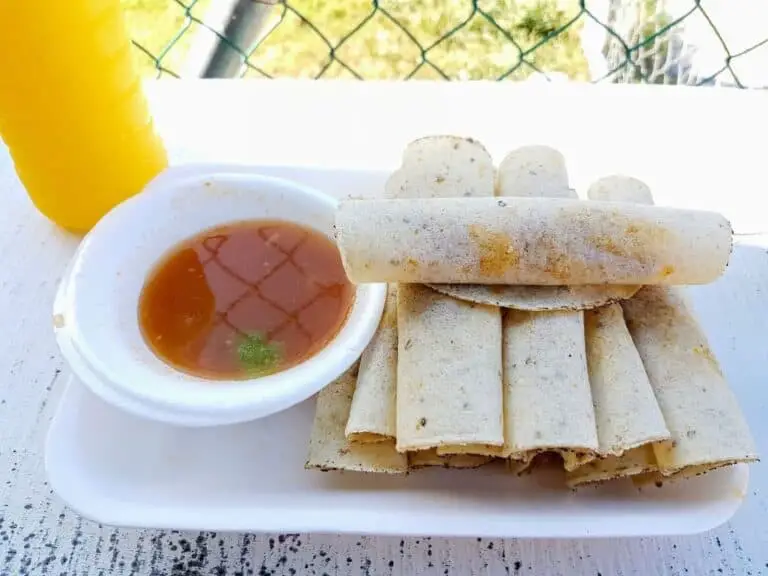
Foodies, rejoice! Orange Walk is known for some delicious eats, including:
- Rolled Tacos. These tacos are typically breakfast foods but can be eaten throughout the day. They are sold by street food vendors and are a favorite of locals and tourists alike. They comprise fresh corn tortillas rolled with a filling of minced cabbage, habanero onion sauce, pork, and/or chicken. The result? A yummy treat you won’t be able to find anywhere else!
- Rum. Cuello’s Distillery is in the center of Orange Walk and features a variety of delicious rum distilled from locally grown sugar cane.
- Pibil. Pibil is a traditional meat of the Mayan culture. An entire pig is seasoned and slow-cooked in an underground fire hearth, which results in moist and spiced meat that is then served with tortillas, guacamole, and various sauces.
- Homemade ice cream. There are many locations for homemade ice cream in Orange Walk Town, and you can try new flavors such as sugar corn, soursop, and craboo.
If you keep an open mind and try new things, you’re sure to discover a new favorite food in Orange Walk.
How Does the Culture of Orange Walk District Compare to Belize District?
When it comes to the culture of Orange Walk District compared to Belize District, one of the most notable differences is the variety of food. In Orange Walk, you can explore Belize District food that is heavily influenced by Mayan and Mestizo cuisines, while in Belize District, you can find a more diverse range of culinary influences.
What Is the History and Culture of Orange Walk District Compared to Toledo District in Belize?
Orange Walk District in Belize is known for its rich history and vibrant culture. With a strong Mestizo influence, the district boasts colorful festivals, delicious cuisine, and a thriving agricultural industry. In contrast, Toledo District Belize activities are more centered around eco-tourism, with a focus on exploring lush rainforests and ancient Mayan ruins.
Final Thoughts
Many tourists who visit Belize miss out on Orange Walk District because they flock to more popular destinations, such as San Ignacio or Ambergris Caye. However, there is a lot to do and see in Orange Walk District, including varied wildlife, fascinating archaeological sites, and some of the best food in the country.
If you’re planning a visit to Belize, don’t miss out on the Orange Walk District!


